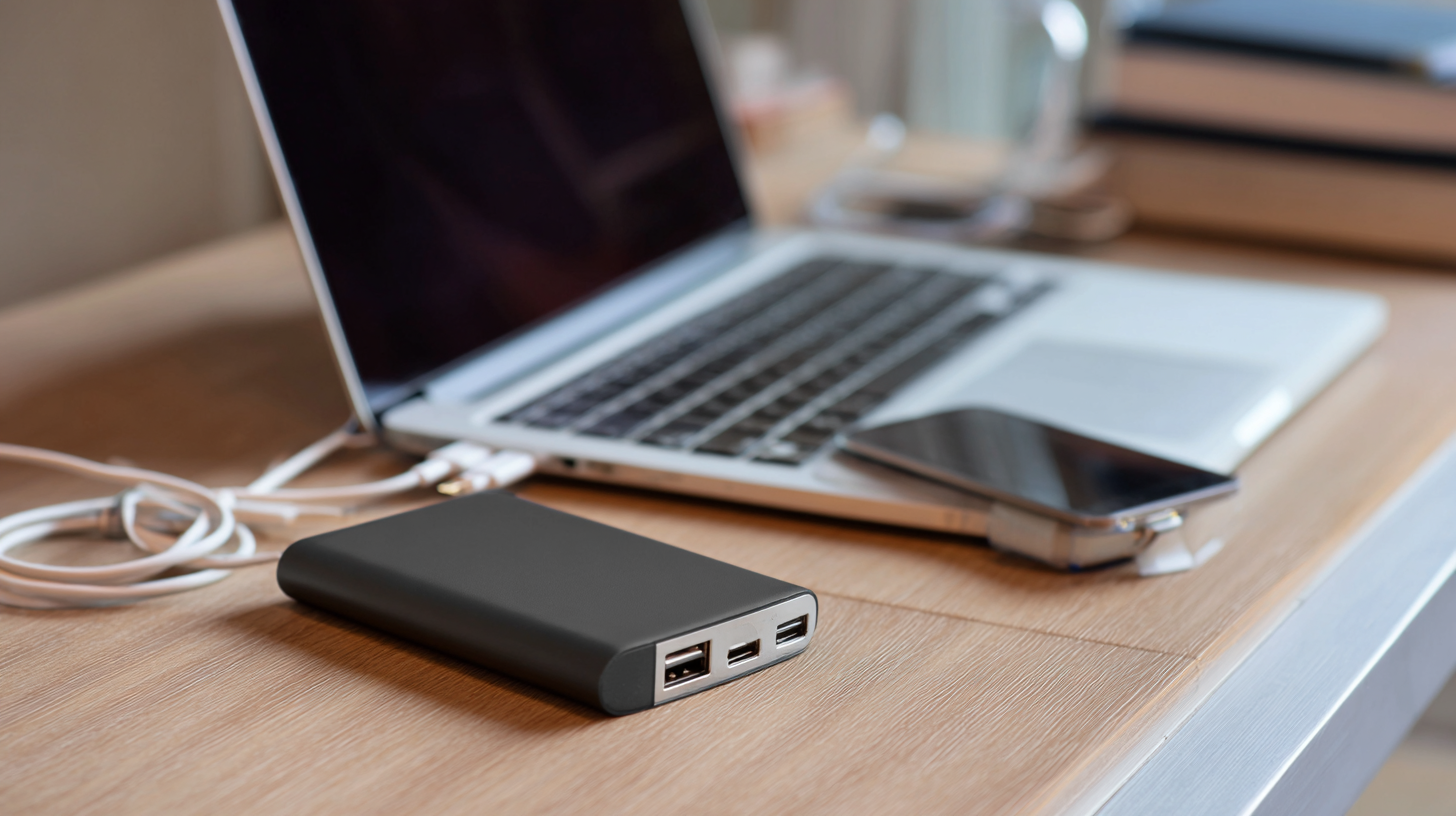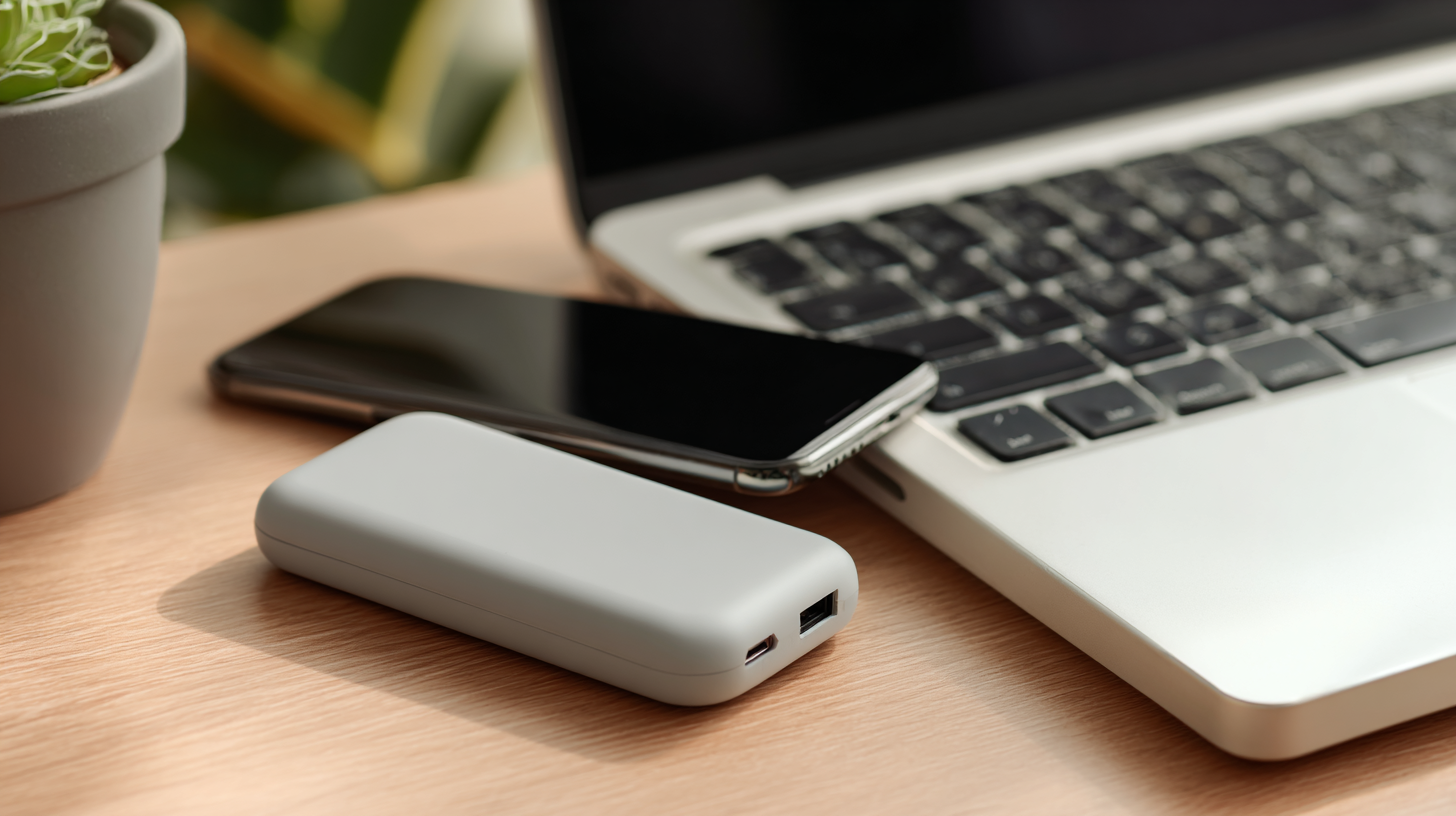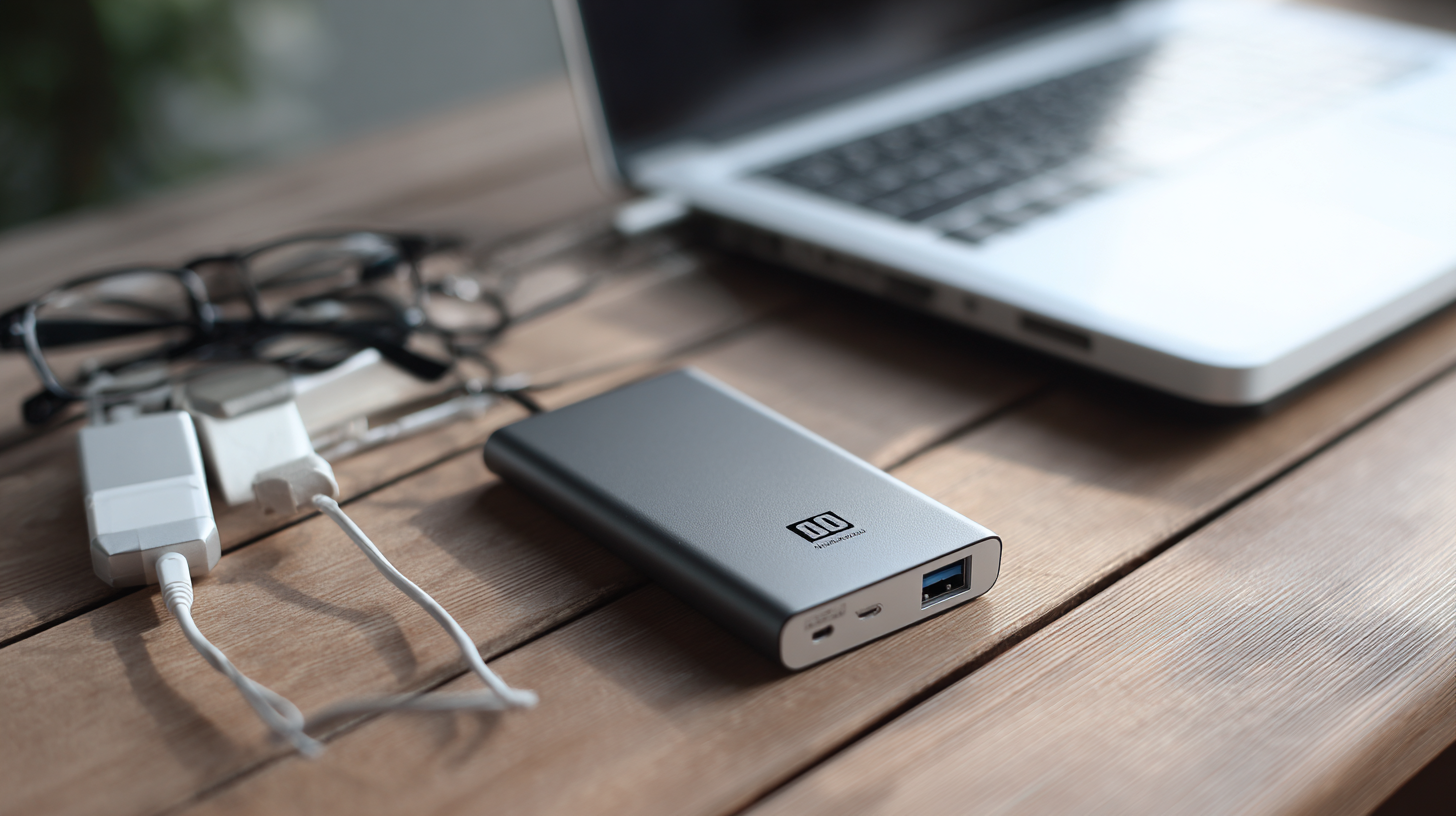Leave Your Message
In today’s fast-paced digital age, having a reliable power source for your devices is essential, especially for individuals engaged in global sourcing. One of the most effective solutions is investing in a high-quality Laptop Power Bank that caters to your specific needs. With a multitude of options available in the market, making the right choice can be overwhelming. Factors such as capacity, compatibility, and portability play crucial roles in this decision-making process.

In this blog, we’ll explore the key aspects to consider when selecting the best Laptop Power Bank for your global sourcing endeavors. By examining various models through a comparative lens, we aim to equip you with the necessary insights to power your productivity wherever your work takes you.
When it comes to sourcing laptops for global needs, understanding the specifications of laptop power banks is crucial. A power bank is not just an accessory; it is a vital tool that can ensure your devices remain operational, especially in international settings where power supply may be inconsistent. Key specifications include battery capacity, measured in milliampere-hours (mAh), which dictates how much charge the power bank can hold. A higher capacity means more power for multiple device recharges, essential for long meetings or travel in regions with limited access to electricity.
Another important factor is the output voltage and amperage. Most laptops require a specific output to charge effectively—usually around 20V/3A. Ensure that the power bank you are considering meets these requirements to avoid compatibility issues. Additionally, look for features like multiple charging ports and fast charging capabilities, which can enhance productivity by allowing you to charge multiple devices simultaneously or quickly. Lastly, consider the power bank’s size and weight, especially if you will be transporting it regularly. Choosing a lightweight yet high-capacity power bank can strike the right balance between portability and functionality for your global sourcing needs.

When selecting a power bank for laptops, several key features should be carefully considered to ensure it meets your global sourcing needs. First and foremost, power capacity is crucial. Look for a power bank with a high watt-hour (Wh) rating, which indicates how much energy it can store. A power bank with at least 20,000 mAh is often preferred, as it can provide multiple charges for most laptops, making it ideal for professionals on the go.
Another significant factor is the charging speed. Opt for power banks that support USB-C Power Delivery (PD) technology, which allows for fast charging capabilities. This will enable you to recharge your laptop quickly during short breaks. Additionally, check for multiple output ports, as this provides versatility in charging different devices simultaneously. Finally, consider the size and weight of the power bank, especially if you have to carry it with you frequently; a compact and lightweight design can make a substantial difference in your daily routine.
| Feature | Description | Importance |
|---|---|---|
| Capacity (mAh) | Refers to the total energy the power bank can store. | High - Determines how many times you can recharge your laptop. |
| Output Voltage | Must match the laptop's voltage requirements. | High - Avoids potential damage to the device. |
| Number of Ports | Indicates how many devices can be charged simultaneously. | Medium - Useful for charging multiple devices. |
| Size and Weight | Impact on portability and ease of carrying. | Medium - Important for travel convenience. |
| Charging Speed | Refers to how fast the power bank can charge devices. | High - Reduces downtime for users. |
| Compatibility | Whether it works with various laptop brands and models. | High - Ensures versatility across devices. |
| Safety Features | Includes safeguards against overheating and overcharging. | High - Essential for user safety and device protection. |
| Price | Cost-effectiveness relative to features and capacity. | Medium - Should align with budget constraints. |
When it comes to selecting the right laptop power bank, understanding battery capacity is crucial for meeting global sourcing needs. According to a report by Statista, the average laptop consumes around 60 watts of power, and with battery capacities typically measured in watt-hours (Wh), a power bank must be evaluated based on how many times it can fully charge your device. For instance, a power bank with a capacity of 20,000mAh can provide about 74Wh of energy, sufficient for charging a typical laptop one full cycle.
Moreover, it's essential to consider how to balance portability and capacity. A recent survey by ResearchAndMarkets indicates that 75% of professionals prefer power banks weighing under 1.5 pounds while still offering a minimum of 20,000mAh capacity. This trend highlights the increasing demand for high-performing, lightweight solutions that can seamlessly integrate into mobile work environments. Thus, ensuring that the chosen power bank not only meets the wattage needs of your laptop but also aligns with personal mobility requirements is key for effective global operations.

When selecting a laptop power bank for global sourcing needs, the balance between portability and performance is crucial. According to a report by ResearchAndMarkets, the portable power bank market is expected to grow at a CAGR of 20% from 2021 to 2026, driven by increasing dependence on electronic devices during travel. This growth highlights the importance of finding power banks that offer substantial charging capabilities while remaining lightweight and easy to carry.
For many professionals, especially those in sourcing roles, the portability of a power bank often takes precedence. A battery pack weighing under 1.5 pounds and featuring a compact design is ideal for frequent travelers. However, performance should not be compromised. The ideal power bank should deliver at least 65W output to efficiently charge most laptops. An analysis by MarketWatch emphasizes that power banks with a higher wattage not only reduce charging time but also enhance device compatibility, making them essential in global sourcing scenarios where time and power efficiency are critical. Combining these factors ensures that sourcing professionals can remain productive without the fear of running out of power on the go.
When selecting a power bank for your laptop, compatibility is the cornerstone of a wise investment. Not all laptops are created equal, and that’s especially true when it comes to their charging requirements. Before purchasing a power bank, identify the wattage and voltage specifications of your laptop. This information is usually found on the charger or within the laptop’s manual. For instance, many laptops require a power output ranging from 30W to 100W, which should directly influence your selection of a power bank to ensure efficient and safe charging.
Additionally, consider the type of connectors your laptop utilizes. Some laptops use USB-C for charging, while others might rely on a proprietary charging port. A power bank that features multiple output options will provide greater flexibility, accommodating various devices for future use. Ensure that the selected power bank includes not only the right cables but also the necessary adapters if you plan to use it with different laptops. This foresight guarantees that you won’t face downtime while assembling the right charging accessories for diverse global sourcing needs.
